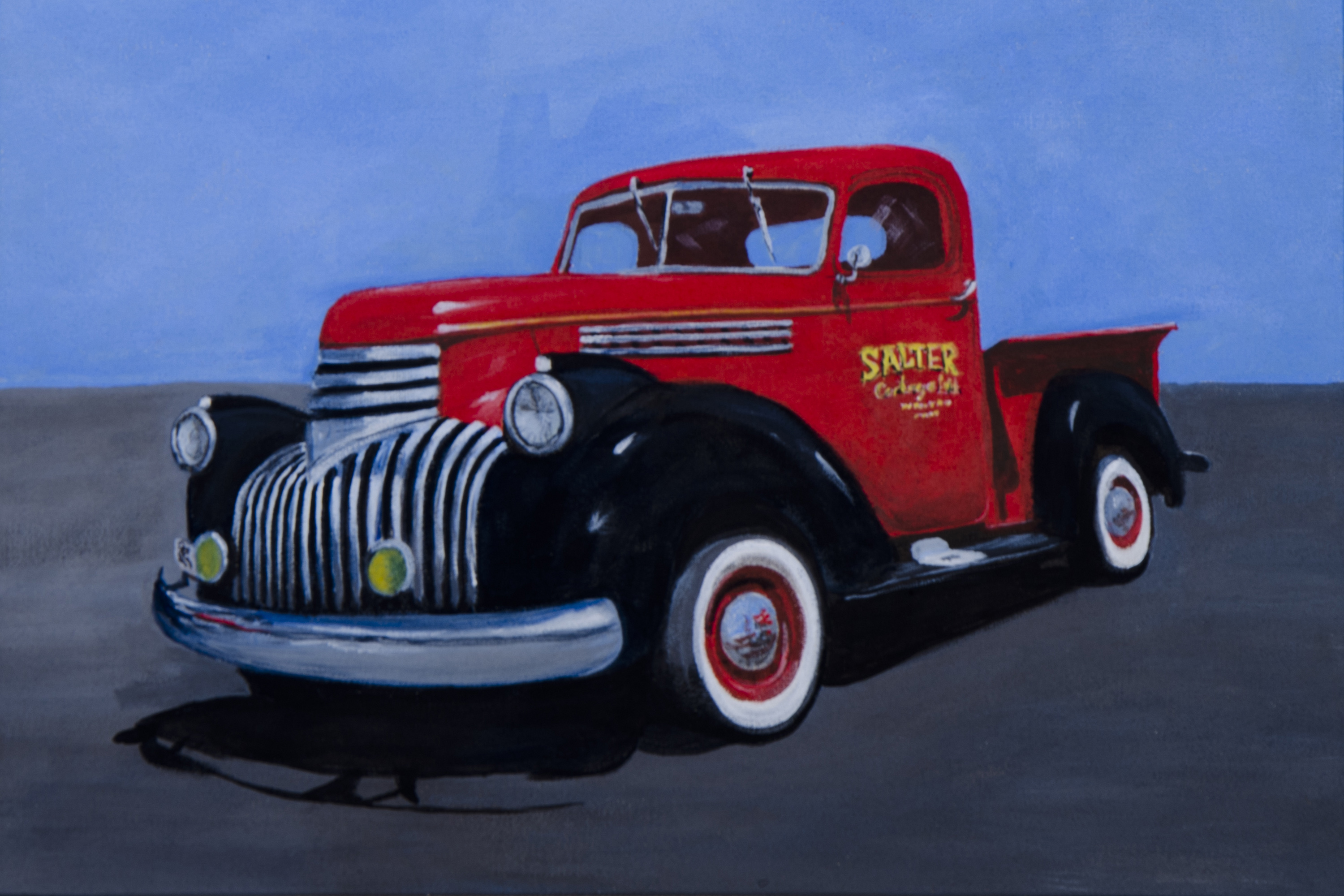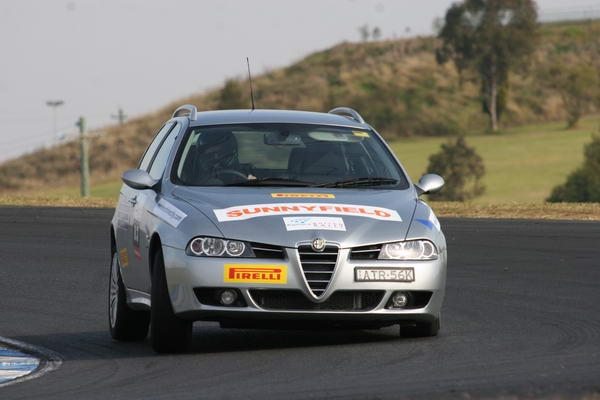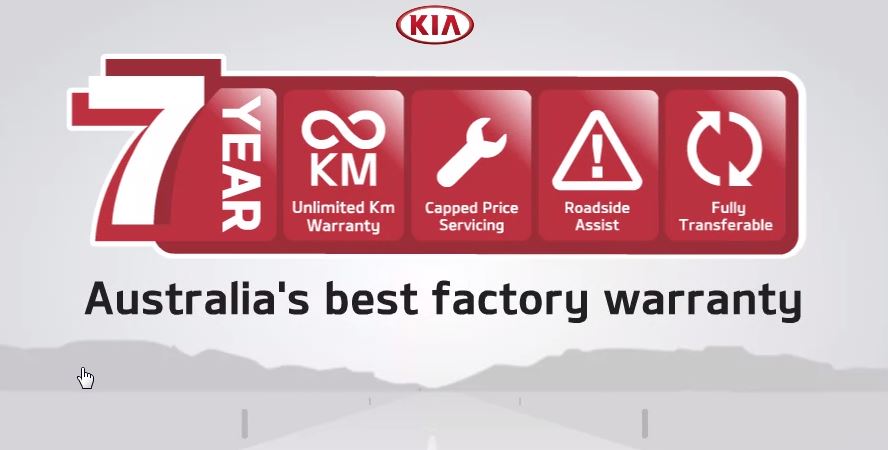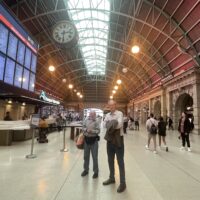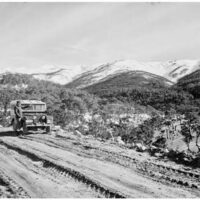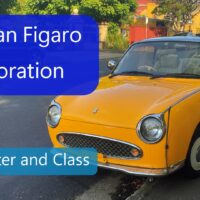https://soundcloud.com/db_drivenmedia/rachel-smith-traffic-de-congestion-making-use-of-existing-infrastructure
Transcript of interview:
David: Congestion has a huge impact on our cities. The cost to the community is enormous. Governments usually have a few plans for some major roads that they say will help “bust congestion”. But new roads are expensive. What can we do about making the existing roads less congested?
Rachel Smith is a transport planner from AECOM and has been researching this matter. In early 2015 she is going to publish a book called Decongestion. To give us a flavor of what solution she will be proposing she joins us on the line now.
Rachel thanks very much for your time.
Rachel Smith: Thank you very much for inviting me, that’s really kind.
David: You work as a transport planner? What does that involve?
Rachel: We do a lot of strategic work. We plan new roads, new public transport, new active transport. Working with government agencies, with councils, with the private sector as well on big infrastructure projects as well as kind of the strategic thinking and the thought leadership as well.
David: That’s good isn’t it. How did you go about looking for these more practical solutions?
Rachel: Well actually lots of the solutions are things that I did in the UK. When I was working in the UK I came in Australia about six years ago. In the UK there’s not as much money. We’re really fortunate in Australia that we have lots of money for infrastructure.
In the UK we’ve got a lot more people, a lot less space. We have to sweat the infrastructures that we’ve got. So a lot more low cost things like walking to school, using more public transport, care free days out- all of those kinds of things, things that you can do quickly and cheaply.
David: I think walking to school is one area we desperately need to think about. It’s become much more by car yet the health benefits and the sense of community you get by walking to school I think is something we need to encourage.
Rachel: I did a project in Farmers in the UK and they have something like 38% of children walking to school. We did some really low cost work there. Things like a project called The 100 Club where children had a star sheet and every time they walked to and from school they could color in their little star.
Then we had in Walk to School Week because we did a lot of promotions we had 92% of children walking to school. That’s all it takes that we went from 38% to 92% by just printing off A4 sheets of paper with 100 stars on them. It just shows you really can make really good change, really quickly without spending a huge amount. We didn’t pay for any infrastructure there.
David: That’s a lovely story. You’ve also been looking at the seven major mistakes that are being made?
Rachel: Yes. I started doing an entrepreneur’s course in March this year. It wasn’t something that I planned to do. It was one of those a friend suggested I go to an event and I found out about it. I was kind of hooked because one of the requirements of that course was you had to write a book. Like a self-funded, self-published book. There was a proper publishing company but self-funded, self-published book.
I’ve always wanted to write a book. I was going to write something on maybe cycling in cities and working with entrepreneurs who go work in our industry was really quite fascinating because they took me back to what actually is the problem.
Sometimes in transport and engineering we talk about, really work out what the deep problems are. Actually we worked out the problems with congestion. I had written my seven steps that city leaders and mayors could take to reduce congestion without the expense of new roads.
That was great. Then I thought, “Actually I’ll go and interview a few people about congestion.” That was where I really was like wow. I interviewed seven city leaders, seven mayors, seven public servants, seven planners, seven people from almost every town across Australia.
Melbourne, Sydney, Brisbane, Cairns, Townsville, Rockhampton, Toowoomba- all of these different places to understand from them what the three biggest issues that they had when trying to cut congestion. I’ve been able to put all of those answers into a database and then run through what the kind of top problems are. Translate those into seven mistakes.
David: What’s some of the seven mistakes that people typically make?
Rachel: Because the book’s target was for anyone to read but it’s kind of targeted at mayors and the city leaders. I did quite a lot of interviews with mayors. Their kind of top challenges when trying to cut congestion were providing good public transport.
Most of our cities believe, or the city leaders, believe that providing alternative transport options to the private car is the biggest challenge. Good public transport is an essential ingredient to reduced congestion.
David: Yes of course.
Rachel: They really want to see large scale, private investment in public transport and real incentives to encourage men, women and children to use public transport?
David: And another one?
Rachel: Another one was integrating transport and land use. When we plan sometimes land use planning is done without considering transport, and sometimes transport is planned without considering the land use. They were saying that changing the urban form so less people need to travel so far.
Increasing residential developments along major transport routes would be a really good thing to do in the future.
David: I totally agree. I don’t think you’d build a new road necessarily to increase capacity but you might build it to remove vehicles from the center of towns which makes them much more viable. It’s that land usage that becomes very, very important. Another mistake that’s often made?
Rachel: These aren’t in order now but getting businesses and workplaces to stagger their working hours. City leaders are saying that they really need to encourage businesses to see the value of staggered working hours. Working from home, flexible working so that we can reduce the peak hour demands on our roads and transport networks.
We had the G20 up here in Queensland a few weeks ago and lots of people worked at home on the Thursday, and the Friday, and the Monday. You could really see a change.
I walk to work and the route that I take to work, I walk less than 1K to work and it’s just jam packed with cars all the way. On a Thursday morning when I walked to work there was hardly a car in site. That’s just maybe people working at home one day a week, or one day a fortnight, or actually even one day a month would really help reduce the number of cars on our roads.
Actually there are lots of people on my entrepreneur course who do co-work in hubs, or work at home, or work in cafes. It’s all just doing things a little bit differently. I guess it’s that kind of trust issue where people think that people are working at home and they’re not actually doing anything. They’re just lying on the sofa watching TV.
I think those times have changed and we just need to encourage people to do things in a way that’s sort of value to them. It might be that they work at home on Wednesday and that means that they can walk their children to school on the walking to school or take their elderly mother to the shops at lunchtime or something. So we can find out what’s of value to us and then how to make that work.
David: I think there’s a whole program of travel smart which makes people evaluate when they go, why they go and how they might be more efficient in doing it. Another typical area of where we can get improvement?
Rachel: Restricting car use and car parking. Lots of mayors have said that when they speak to people in their towns, in their cities that people actuary believe that they have a right to drive their car to work and park near their work at no expense. The mayors and city leaders said restricting car use and car parking would be a really good thing to do to kind of help fix that problem.
Even if people were kind of restricted from driving into their CBD just once a month then every little bit helps.
David: We’ve probably had transport, land use, telecommuting and things, parking, what else have you got?
Rachel: They said one of the big issues was the messaging from the media, or advertising agencies, or car companies or whatever was that the car is the only desirable mode of transport. People are saying that most people in Australian towns and cities have a love affair with their cars.
The mayor and councils have said that communities are given the message from the media and advertising that the car is the only way to travel. We really need to make things like the bus, and carpooling, and car sharing, walking and cycling just as sexy as going in the car.
David: I always have a view that the next James Bond he should chase the goodie. The goodie goes on the car and he hops on a train and gets their quicker.
Rachel: Exactly. He could be on an electric bike, or an electric car, or he could car share, or something, just changing the image. I found that actually quite fascinating because most of the car companies actually aren’t looking at us all owning a car in the future.
They are kind of looking at us maybe having access to five or ten cars but ownership of none. The car companies are really light-years ahead on this. They’ve got all their drive now’s, and car sharing and, Google driving those cars, all of those kinds of things. The car companies are really up for this. That’s good.
David: I totally agree. I think car sharing is the way to the future. There’s many things that will push towards that. The next one?
Rachel: I’m just going to get back to the car sharing. I think people think that you have to do these things and do it every day. That’s it now I can’t ever drive on my own I have to car share. I think we have to be careful with the messaging that it’s okay just to do it once a week, or once a fortnight or whatever.
When I was in the UK I just used to car share on Tuesday so five of us. We weren’t doing it to save the planet, to save the environment and pollution. We actually did it the five of us because it meant that we got to leave at work at four o’clock on the dot We all worked in organizations which had flexi-time and it just meant that on a Tuesday you could say, “Actually there are four people in the car waiting for me so I have to go now.”
The value for us was that we all got home by five o’clock and we had a good laugh in the car, and play little games, listen to the radio and stuff. That was good. You have to work out what the value is for you not just thou shall not travel in a car on their own. It puts people off and then they get defensive and nothing changes.
David: It’s all about bringing about change. Not just being theoretically right but actually bringing about change. Another area where we could push for improvement?
Rachel: The other one was building infrastructure for all modes of transport. The mayors were saying appropriate and safe infrastructure for all modes and multiple modes of transport especially walking and cycling to encourage people to use other forms of transport. Not just a private car.
Another thing you shouldn’t just be building a road, you should be building a bike lane next to a near road. If you’re building a bus way make sure there’s really good paths for people walking. Also looking ahead where the rise in an aging population and obesity, making sure that the bike paths are wide enough for scooters, and movement aids like walkers and things as people get older. Considering everyone not just one mode of transport.
David: Rachel that sounds like some very good, practical, and achievable ideas that we can get with transport. Thank you very much for your time.
Rachel: Thank you very much. Thank you.
David: That’s Rachel Smith, a transport planner from AECOM talking about making improvements to our city road systems which don’t cost an arm and a leg.

